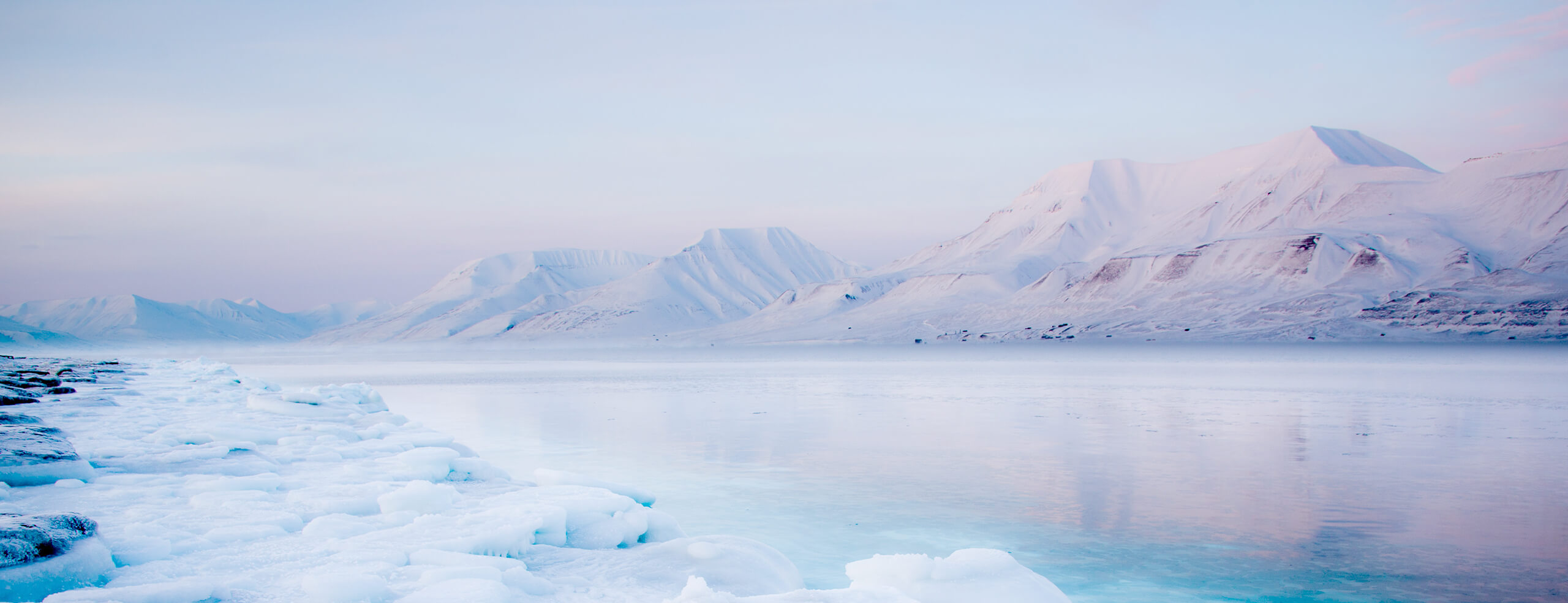2.7 Observing Arctic Substrates: Unveiling ice, water column, and benthic physical and biological properties using laser remote sensing from autonomous underwater vehicles and unmanned aerial vehicles
Principal investigator
Co-Investigator
Collaborators
Marcel Babin, Simon Girard-Lambert, Jose Lagunas-Morales, Eric Rehm, Ladd Johnson
Collaborators outside U. Laval
Nicholas Burchill (Kongsberg Maritime, Halifax), François Châteauneuf (Institut national d’optique, Québec), Fraser Dalgleish (Florida), Georges Fournier (RDDC / DRDC Valcartier), Patrick Gagnon (Memorial U.), John Headley (Angleterre), Clayton Jones (Teledyne Webb Research, USA), Patrick Lajeunesse (INRS), Stefania Matteoli (CNR, Italy)
Project summary
The physical and biological properties of Arctic ice and coastal benthos remain poorly understood due to the difficulty of accessing these substrates in ice-covered waters. A Light Detection And Ranging (LiDAR) system deployed on an autonomous underwater vehicle (AUV) can interrogate these surfaces in three dimensions for physical and biological properties simultaneously. Using the absorption, inelastic scattering (fluorescence), and elastic scattering properties of photosynthetic micro- and macro-algae excited by lasers, we propose to quantify the physical features of the substrate (ice, benthic assemblages, geology) as well as biomass from an AUV.
We propose a modular, incremental instrument development approach, starting with a single-wavelength, continuous wave system already developed for ice detection. Through radiative transfer modeling and source and/or detector wavelength changes, fluorescence and differential absorption capabilities will be developed. Adding time-response pulsed laser capability (true LiDAR) will allow depth resolution of ice draft, bottom ice algae and benthic algae and water column microalgae. Finally, scanning or structured illumination techniques can be added to create three dimensional images of the substrate, significantly increasing the sampled area.

